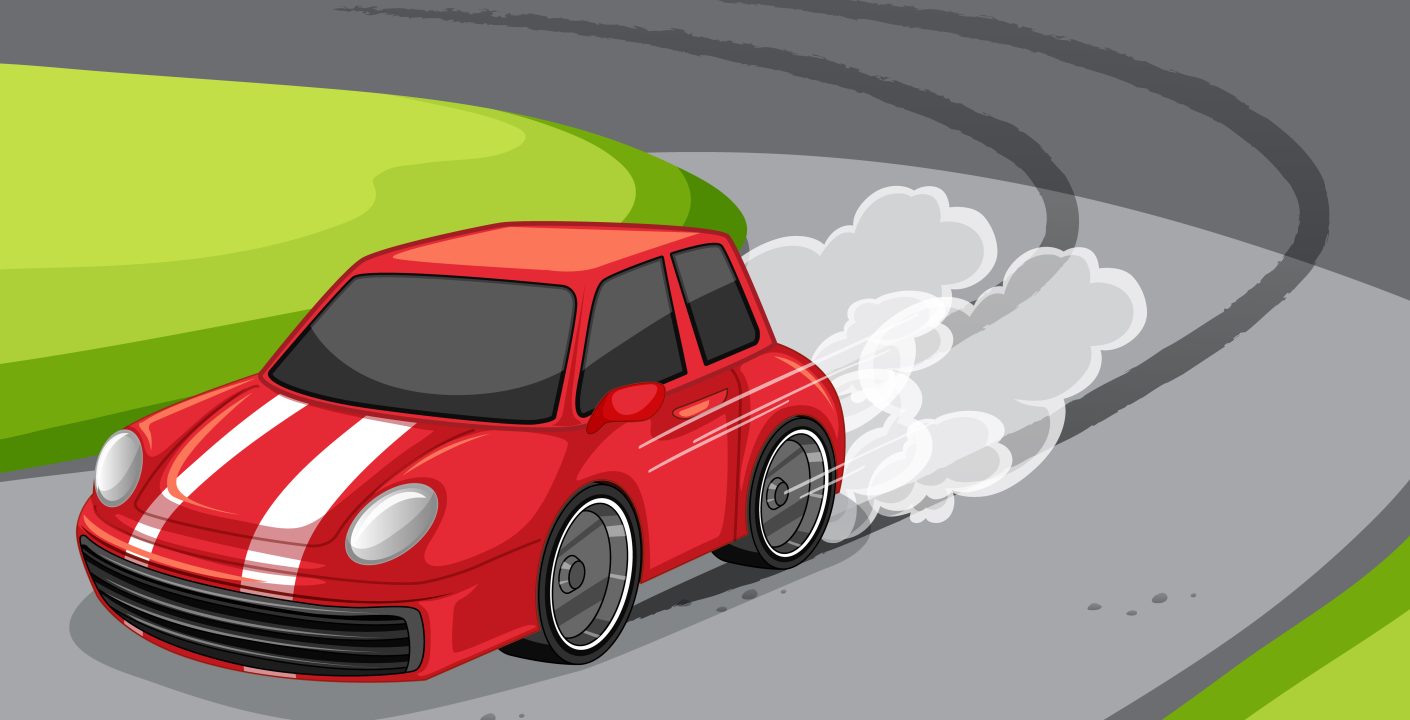Smoke coming from your car’s exhaust pipe can be alarming, and it’s a clear signal that something is wrong under the hood. The type of smoke, its colour, and even its odour can provide essential clues to what’s causing the issue. Whether you’re seeing white, black, or blue smoke, diagnosing the problem early can save you from a potentially costly repair. Here’s a detailed look at the reasons why smoke fumes may be coming out of your exhaust pipe and what each type of smoke indicates.
1. White Smoke: Potential Causes and What It Means
White smoke is typically the most concerning because it can signify severe engine issues. However, it’s essential to distinguish between thin white vapor and thick, heavy white smoke.
- Thin White Vapor: If you notice thin white smoke when starting your car, especially on cold mornings, this is usually just condensation burning off in the exhaust system. This is normal and should disappear as the car warms up.
- Thick White Smoke: If the white smoke persists and is dense, this could indicate a coolant leak inside your engine. Common causes include:
- Blown Head Gasket: A blown head gasket allows coolant to leak into the combustion chamber, causing the engine to burn it, which results in thick white smoke.
- Cracked Engine Block or Cylinder Head: These more severe issues can also cause coolant to mix with the fuel, leading to white smoke. If left untreated, these problems can cause severe engine damage.
In any case, if you’re seeing consistent thick white smoke, it’s critical to have your car inspected by a mechanic as soon as possible.
2. Black Smoke: Signs of a Rich Fuel Mixture
Black smoke usually indicates that your engine is burning too much fuel, also known as running “rich.” This problem can reduce fuel efficiency and increase emissions. Common causes of black smoke include:
- Clogged Air Filter: If your air filter is clogged, the engine may not be receiving enough air, leading to an excessively rich fuel mixture.
- Malfunctioning Fuel Injectors: Fuel injectors that are leaking or stuck open can cause too much fuel to enter the combustion chamber, producing black smoke.
- Faulty Mass Airflow Sensor (MAF): The MAF sensor measures the amount of air entering the engine. If it’s faulty, it can send incorrect signals to the engine control unit (ECU), leading to an improper fuel-to-air ratio.
- Defective Oxygen Sensors: Oxygen sensors monitor the exhaust gases and help the ECU adjust the fuel mixture. If the sensors are faulty, the fuel mixture may become too rich, resulting in black smoke.
Black smoke should be addressed promptly, as it can lead to poor fuel economy and damage to the catalytic converter.
3. Blue Smoke: Burning Oil in the Engine
Blue smoke indicates that oil is entering the combustion chamber and burning along with the fuel. This issue is typically more serious than black smoke and suggests that there is an internal engine problem. The most common causes of blue smoke include:
- Worn Piston Rings: Piston rings seal the combustion chamber and prevent oil from leaking into it. When the rings are worn, oil can seep into the combustion chamber and burn, creating blue smoke.
- Valve Seal Leaks: The valve seals keep oil from leaking into the cylinders. If the seals are worn or damaged, oil can leak into the combustion chamber, causing blue smoke.
- Turbocharger Issues: If your car has a turbocharger, blue smoke can be a sign that the turbo’s oil seals are leaking, allowing oil to enter the intake or exhaust system.
Blue smoke is a sign of engine wear or damage, and ignoring it could lead to engine failure. If you notice blue smoke, it’s essential to have your car inspected and repaired quickly.
4. Gray Smoke: Transmission Fluid or Other Issues
Gray smoke can be confusing, as it may be mistaken for blue or black smoke. However, grey smoke often indicates other problems:
- Transmission Fluid Leak: If grey smoke is coming from your exhaust, it could mean that transmission fluid is being burned in the engine. This can happen if there’s a problem with the vacuum modulator on an automatic transmission.
- PCV Valve Issues: The Positive Crankcase Ventilation (PCV) valve helps reduce harmful emissions. A clogged or faulty PCV valve can cause pressure build-up, leading to grey smoke.
- Burning Oil: Similar to blue smoke, grey smoke can also indicate burning oil, especially if the colour is hard to distinguish.
Like other types of smoke, grey smoke should be addressed quickly to prevent further damage to your vehicle.
5. What Should You Do If You See Smoke from Your Exhaust?
When smoke starts coming from your exhaust, it’s crucial to diagnose the problem as soon as possible. Here’s what to do:
- Observe the Smoke: Note the colour, thickness, and smell of the smoke. These details can help your mechanic diagnose the problem.
- Check Your Dashboard: Look for any warning lights, such as the check engine light. These lights can offer additional clues about what might be wrong.
- Listen for Strange Noises: Unusual sounds like knocking or rattling, combined with smoke, may indicate a serious engine problem.
- Consult a Mechanic: If the smoke persists or if you’re unsure of the cause, it’s best to have your vehicle inspected by a professional. Ignoring the issue could lead to more severe damage and higher repair costs down the road.
Smoke coming from your exhaust pipe is never a good sign, but understanding the type of smoke and its potential causes can help you address the issue quickly and effectively. Whether it’s a minor problem like a clogged air filter or a more serious issue like a blown head gasket, taking swift action can save you time, money, and stress. Regular maintenance, such as oil changes, air filter replacements, and sensor checks, can help prevent these issues and keep your vehicle running smoothly.



